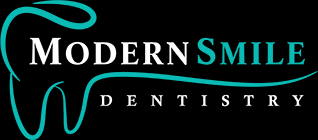Dental X-Rays & Radiographs
At Modern Smile Dentistry, we try to provide the best form of dental treatment in every aspect so when it comes to dental X-Rays, or Radiographs, we offer nothing but the best dental technology. Here we utilize digital form. This is advantageous not only because of the instant image for viewing but also due to the extremely low levels of radiation when compared to traditional methods. Schedule your next exam with us today!
“We give you a reason to smile!”
How we use Dental X-Rays Safely and Effectively
One of our main objectives is to keep all our patients safe and only perform treatments that are necessary. While digital methods provide substantially low levels of radiation compared to traditional x-rays, they still produce minimal levels. With that said, we follow a simple rule of Radiology, ALARA (As Low As Reasonably Achievable). What this means is that we only take radiographs that are necessary to help minimize your exposure to radiation while achieving the images we need for proper diagnosis and treatment purposes. You should not expect to receive x-rays at every oral cleaning or oral examination. Moreover, we utilize a lead apron to help protect you and your vital organs from the exposure when we do conduct radiographs.
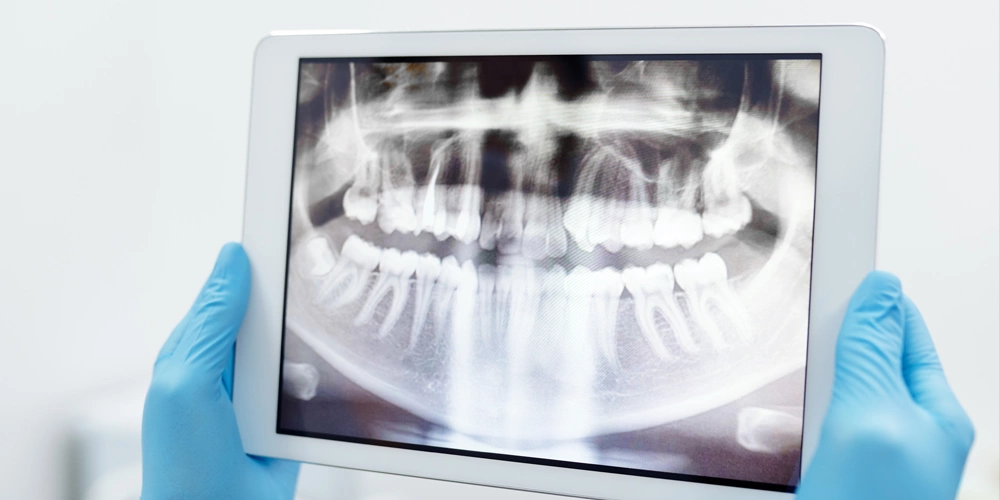
Why are Dental X-Rays Necessary?
Dental X-Rays (sometimes referred to as Radiographs) are an essential part of not only dental exams, but required during some dental treatment(s). The utilization is a key part of being able to diagnose accurately and help prevent dental related issues by catching problems in a timely manner. Its uses are of importance when it comes to displaying what the naked eye cannot see.
Dentists and Registered Dental Hygienist utilize this technology to be able to not only diagnose potential problems but also confirm the health of a tooth/teeth, previous restoration/dental treatments, and the oral cavity. Without the use of X-Rays, potential problems can go unnoticed, which could lead to costly dental treatment or even the loss of your tooth in the future.
Dental radiographs are not the only preventative treatment options. We offer fluoride droplets to prevent or combat existing decay, dental exams and routine cleanings, as well as information on the best at home dental cleaning techniques, so you can ensure you can maintain your oral health between visits.
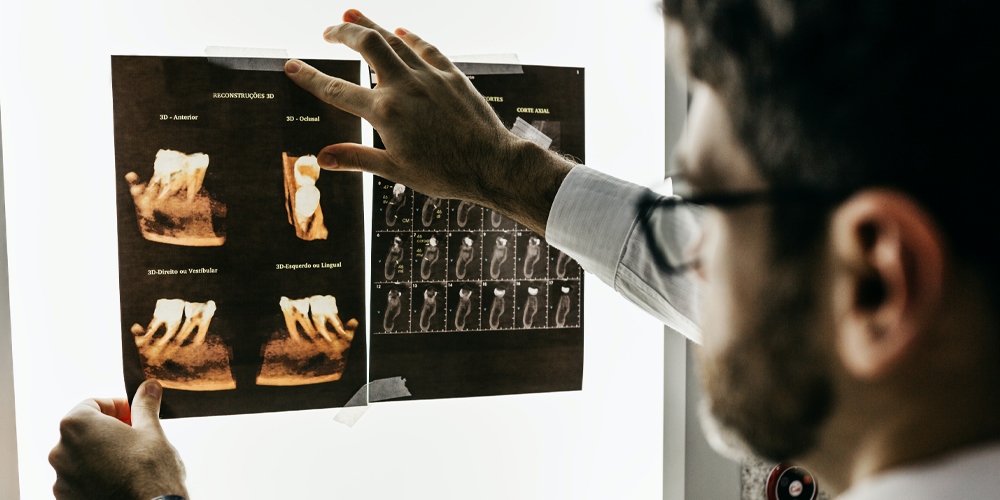
What Can They Reveal?
Dental x-rays are a very important and powerful tool when it comes to diagnosis and prevention. They allow a Dentist or Registered Dental Hygienist the ability to observe problems or potential problems that may have been missed without the utilization of the x-rays.
Dental X-Rays can often reveal the following:
-
- Abscesses or cysts
- Bone Loss
- Buildup of calculus below the gum line
- Cancerous and non-cancerous tumors
- Damage to the nerve of the tooth
- Developmental abnormalities
- Positioning or impaction of a tooth
- The success or failure of past tooth sealants
- Tooth decay
One of the most important things we strive for at Modern Smile Dentistry is to prevent problems before they arise, and by being able to detect these problems at an early stage we can help save you money, time, and unnecessary dental treatment but most importantly, your TEETH.

Are Radiographs Safe?
The concern most people have is the level of radiation one is exposed to. We as humans are exposed to radiation on a daily basis, anywhere from the sun, to our phones, to airplanes, etc. When receiving a full set of X-Rays (comprehensive radiograph set), this level of radiation is equivalent to a single day’s exposure to natural sources. We always strive to minimize your exposure and only take radiographs that are needed as your health and safety is our #1 priority.
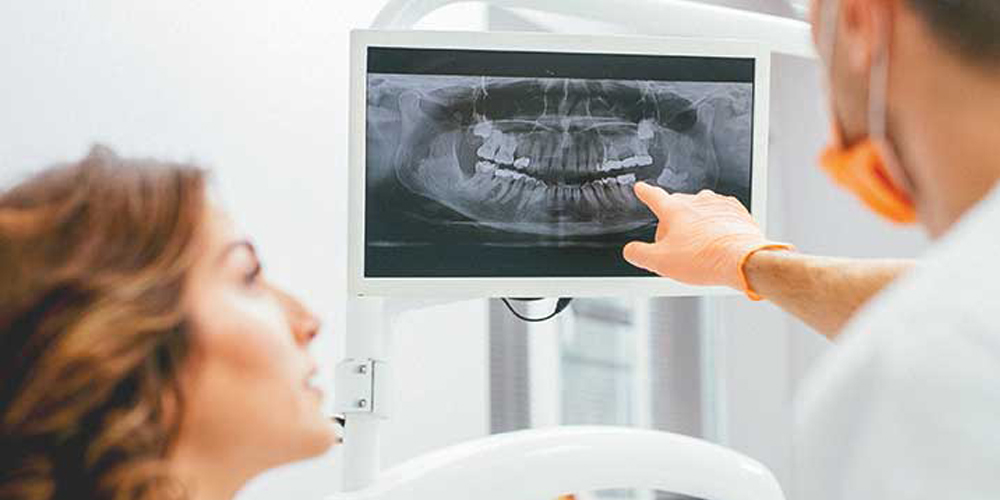
How Often Will I Need Radiographs?
Every patient and every procedure will require different quantities of Radiographs. During an initial exam, a comprehensive set of Radiographs will need to be captured to be able to evaluate your whole mouth, including Bite-Wings and Periapical. During regular check-ups (recalls) fewer Radiographs will be needed unless more are warranted. Other Radiographs such as panoramic and cone beam (3D) may be necessary under special circumstances for specific treatments or evaluations. Dr. Nima Mashhoon will inform you when those will be needed.
Types of Dental X-Rays
There are various types of dental x-rays or radiographs. Each type is used to display the bone structure surrounding your teeth in a different way. Each view is ideal depending on what we are looking to evaluate. Dental x-rays are safe and effective, and only used when necessary. Here at Modern Smile Dentistry we perform all of your dental x-rays in house for your convenience.

Bite-Wing X-Rays
Bite-wing X-Rays are to help depict pathology as well as healthy teeth usually in the posterior (back) of the mouth. These images allow your Dentist and Registered Dental Hygienist to evaluate your canines, premolars, and molars. Not only are they important to detect dental decay, but also to evaluate your previous dental work for integrity and problems.
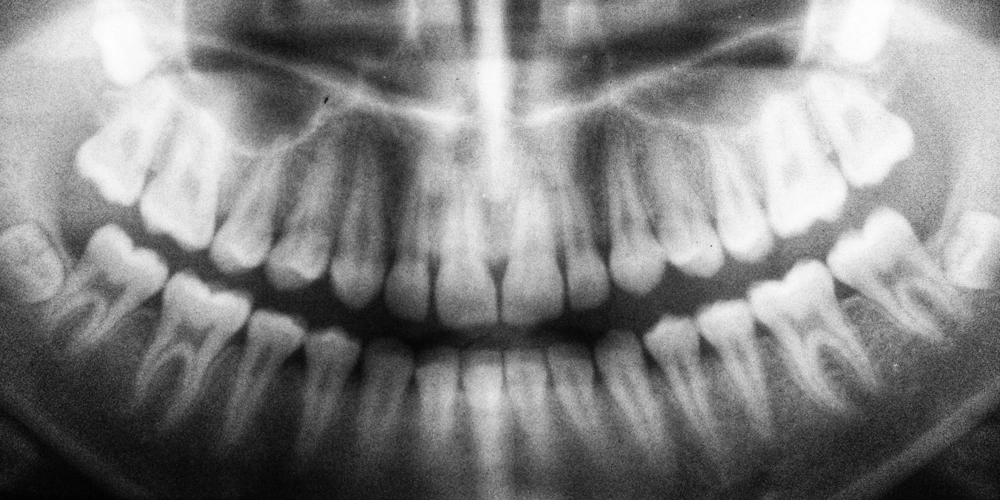
Periapical X-Rays
Periapical X-Rays are to help detect pathology as well as healthy teeth not only in the anterior (front) of the mouth, but will also allow the provider to access the health of your teeth roots where possible pathology may be hidden from the naked eye. These images allow your Dentist and Registered Dental Hygienist to evaluate your; Centrals, Laterals, Canines, Premolars, and Molars.
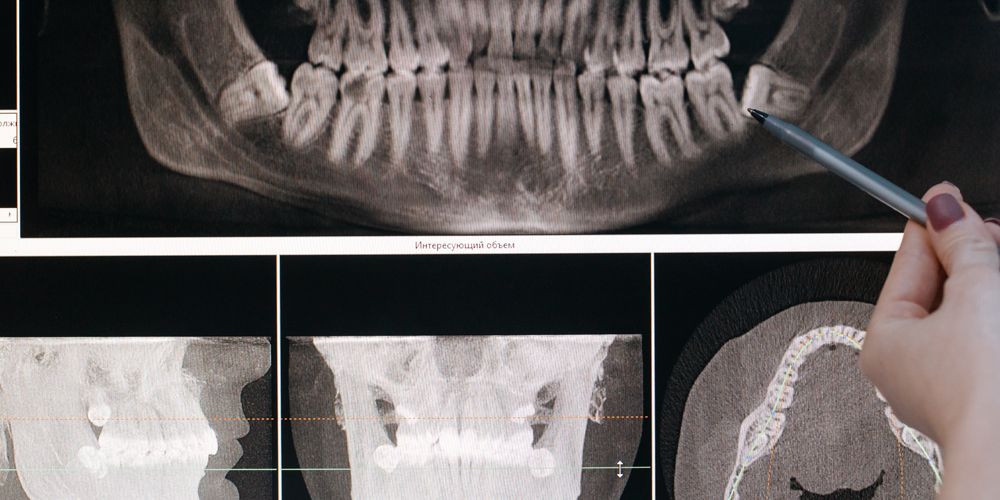
Panoramic X-Rays
Panoramic X-Rays are to help depict pathology as well as healthy teeth in your whole mouth. While they are not as detailed as the bite-wings and periapical X-Rays, this will give your provider a panoramic view to not only access your teeth but to view other regions such as the jaw, sinuses, and other regions that a bite-wing and or periapical X-Ray would not be able to display. Common reason to take a panoramic radiograph will be to evaluate your wisdom teeth but that is not the only reason one would be requested.
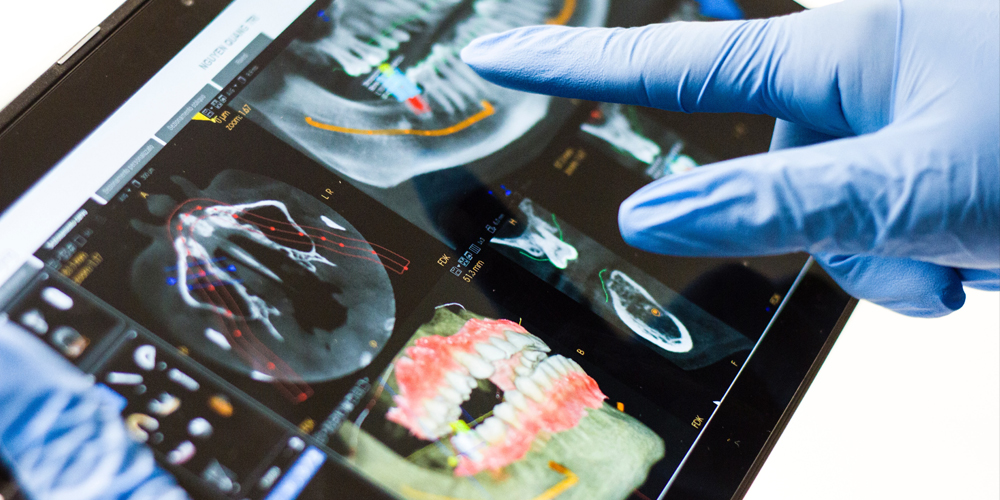
Cone-Beam (3D) X-Rays
Cone-Beam X-Rays are a specific type to allow your dentist view a particular region in a 3D viewing angle for better understanding of the anatomy. This will provide the Dentist significant amount of data to better treat you in a manner that is safe and best suited for the success of the treatment. The common reasons 3D images can be requested, but are not limited to are; to evaluate third molars and during implant placement. Your Dentist will explain to you why and when these types of radiographs are warranted.
